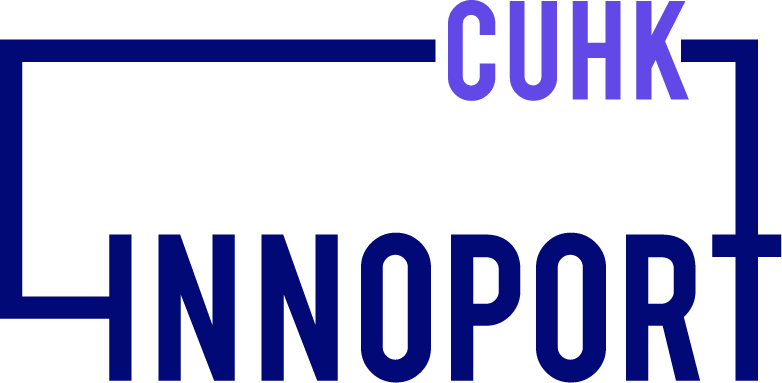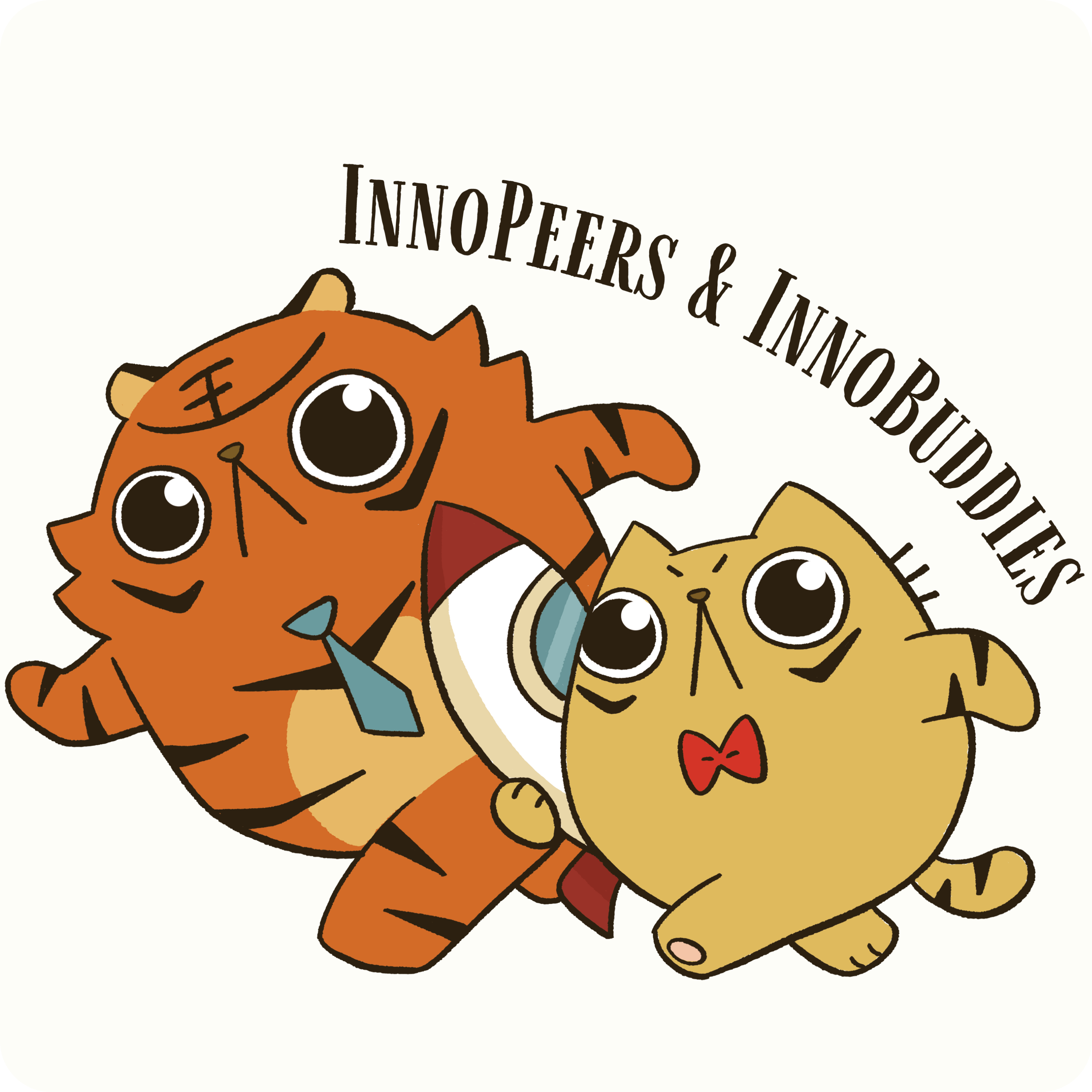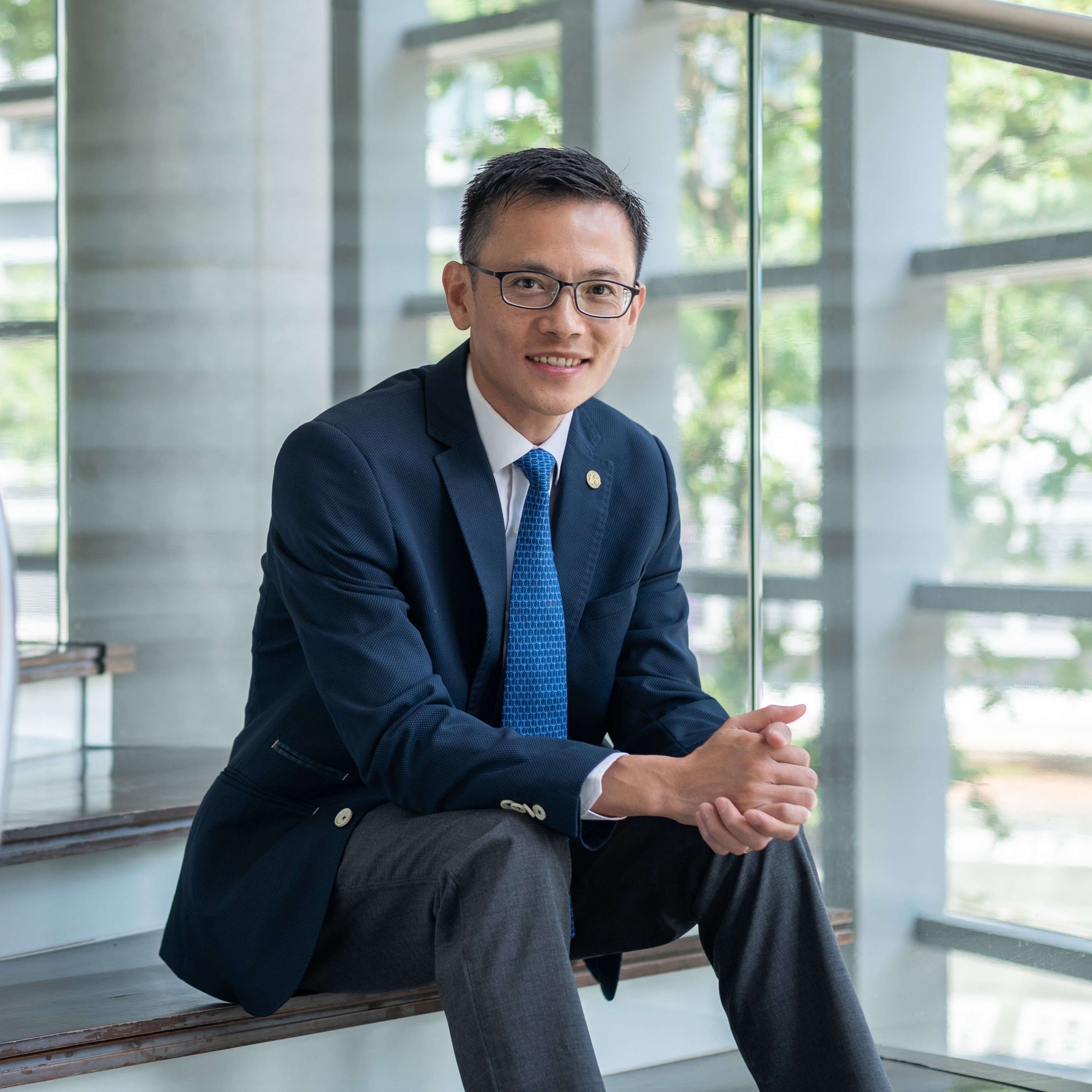Inclusion of Ideas Promote Traditional Chinese Culture
Why do you want to visit museums naturally when you travel to Europe? In his book What Makes a City Cultural, Louis Yu, the current Director of Hong Kong Art School, points out that culture is about “Memories,” which involve preserving traditions and history and are closely related to technology. On a single street, you can find buildings from 500 years ago, monuments from 200 years ago, and schools built 100 years ago, where students recite poems from 2,000 years ago, which are recorded on video and shared on the Internet, preserving the “Belief and Value,” “Everyday Lifestyle,” and “Arts and Creation” which, together with “Memories,” constitute, the BEAM model of city culture.
Amidst the ever-changing seasonal landscapes, the Art Museum (formerly known as the Art Gallery) of the Chinese University of Hong Kong (CUHK), with over 52 years of history and a comprehensive collection of more than 16,000 items, stands tall at the University, dedicated to promoting Chinese culture by combining research and expertise to inspire public engagement. In this issue of Cubic Zine, we feature Professor Josh Yiu, the Director of CUHK Art Museum. Under his leadership, the project Time Travel • Hong Kong won the UMAC Award from the International Council of Museums Committee for University Museums and Collections (ICOM-UMCA) last year, making it the first university museum in East Asia to receive this honor.
In the fall of 1971, CUHK Art Museum opened. In this golden season, let us reminisce about the past and discuss the present, as we enter the inner world of the Museum Director, discussing how the Museum can exert social influence through sustainable development as well as “explore and innovate.”
A Decade: Museum Director’s Art Journey
Josh’s interest in art began with ceramics. As a young student, he immersed himself in studying and creating pottery, even thinking about the pieces he would make before sleeping. Following this artistic pursuit, Josh made his way to the University of Chicago, a liberal arts college that values a well-rounded education, requiring students to study a variety of subjects to gain a broad understanding of humanities, sciences, social sciences, and other disciplines. Originally planning to major in physics due to his good performance in the subject, Josh made a decisive switch to art history after taking a course in the subject.

In contrast to the popular trend of the “slash career” among young people today, Josh has always been dedicated to developing his expertise in museums. “My career path may seem boring to some. Once I entered the museum field, I never left,” he says. After completing his master’s degree, he pursued a doctoral degree at the University of Oxford. Following that, he spent seven years as the Foster Foundation Curator of Chinese Art at the Seattle Art Museum. Upon returning to Hong Kong, he joined CUHK Art Museum while also teaching art history. This year marks his tenth anniversary as the Museum Director.
“When I was a student, I have had doubts and anxieties about my career. Not many jobs require research on cultural artifacts, and those of us trained in art history would either attempt to pursue a career in museums and academia; some people venture into the business world, galleries, or auction houses. Fortunately, those doubts were not strong enough to lead me to other occupations, so I continued. Looking back on the past 20 years, I consider myself quite fortunate. The atmosphere at CUHK is excellent. In addition to researching cultural artifacts, I have the opportunity to collaborate with many scholars, which is invaluable.”
Perceive Knowledge Transfer through Artifacts Research
As the Museum Director, Josh is the driving force behind the promotion of cultural artifacts, and he believes that museums play a significant role in knowledge transfer. “Conducting research, publishing articles, producing exhibition catalogs, writing books, and curating exhibitions are all familiar methods. But nowadays, we don’t claim ourselves to be experts because the knowledge contained within an artifact has different layers.”
“For example, when studying bronze mirrors, we don’t just approach them from an artistic or archeological perspective. We invite colleagues and students from the Department of Chemistry, CUHK, to deconstruct the material and study the compositional changes throughout different periods, thus uncovering new information.”
When the general audience enters a museum, they often just want to see interesting and exquisite things. Josh shares, “Knowledge transfer is essentially about enriching knowledge and getting inspirations. For example, ancient gold craftsmanship. At first, the audience may marvel at the beauty of ancient gold. But through curation, we help people understand how ancient societies created gold threads, the ingenious casting techniques, the differences in purity and style across different periods, and the connections between two artifacts. The audience will find that their knowledge has increased, and they can spread the knowledge they have absorbed through writing blogs or sharing on social media.”


The Meaning of “Culture” – The Connection and the Bridge
Since its establishment, CUHK has a mission “to combine tradition with modernity and to bring together China and the West.” According to records at the CUHK History Gallery, the first Vice-Chancellor of the University Dr. Choh-Ming Li elaborated that CUHK is a university of Chinese culture, at the 19th Congregation of the University in 1978. The second character “文” of the University motto “博文約禮(Through learning and temperance to virtue)” denotes all academic disciplines.
How does the Museum excel in knowledge transfer? Josh continues, “We hope to transform the Museum into a diverse institution that promotes interdisciplinary research. In recent years, we have emphasized strategic collaborations with different academic departments.”
“Recently, we collaborated with the Department of Computer Science and Engineering, CUHK, to explore the integration of Artificial Intelligence (AI) and art and culture. Wang Xizhi’s calligraphy is highly renowned, and his famous work, Lanting Preface, consists of only 324 Chinese characters. Taking into account repeated characters, there are only a little over 200 unique characters. For beginners or calligraphers who want to learn Wang Xizhi’s style, indeed, reliable versions are scarce. In this era of AI, we utilize rubbing of the Song Dynasty found in our Museum’s collection to see if we can use AI for deep learning to construct a database of Wang Xizhi’s calligraphic style, and then write our own names in his style. The unique aspect of this project is that it allows us to learn Chinese calligraphy through AI and vice versa, enabling us to learn AI through Chinese calligraphy. We eagerly await the results of this endeavor.”

Have you ever thought that art training could influence a doctor’s expertise? The Yale School of Medicine and the Yale Center for British Art collaborated on a research study published in the medical journal Clinical Orthopaedics and Related Research. It was found that exposing medical students to oil paintings can enhance their observational skills and improve their diagnostic abilities. As a result, Yale University even incorporated art appreciation into the curriculum for medical students.
“We realized that if they can do it, we can do it in Hong Kong too. So, I proactively contacted the Dean and Professors of the Faculty of Medicine, CUHK, and fortunately, many of them are interested in art, some even being collectors. Together with Professor Chiu Wai Yan Philip, the Associate Dean and a painter of traditional Chinese paintings, we launched an art workshop. After experiencing it, the students told me that they used to see an artifact as just a colored pen holder with nothing special, but through the pigment they could feel the quality of the coloured overglaze. When looking at a jade artifact, they noticed some “cracks,” which turned out to be natural patterns on the original stone. This made them realize that our visual perception, tactile senses, and associations can lead to erroneous judgments. Isn’t the same true in medical diagnosis?”
Keen observation is a crucial skill for medical students. CUHK took the lead in integrating “museum-based observational skills” into medical education. Now, the Museum and the Faculty of Medicine jointly offer the “museum-based programme” as part of the curriculum for medical students. For example, through painting traditional Chinese paintings, students are trained to transform two-dimensional images into three-dimensional thinking. When applied to surgery, this skill helps them interpret endoscopic and computer scan images in a more practical manner.
How Does the Museum Innovate?
In the global discourse on the transformation of Art Tech, is it enough for museums to simply keep up with technology and avoid becoming “old-school”? How has the Museum managed to remain relevant and enduring after 52 years?
Josh emphasizes the importance of balancing humanities and technologies and explains their strategic approach. “Everyone talks about Art Tech because it’s a major trend. However, my colleagues and I at the Museum believe that spending millions on immersive visual effects may not necessarily yield better results than physical exhibitions. We don’t aim to be at the forefront of technology. Technology is only meant to be supplementary. Is technology really the expertise of museums?”

“In the museum field, we have a consensus that it’s already remarkable if we can utilize current technology effectively. Indeed, many advanced technologies are available for free, such as Street View – Google Arts & Culture, which not only links museum collections to street views but also serves as an online database, extending the ‘lifespan’ of exhibitions. As researchers, we find it refreshing and intriguing.”
How Can a Research-oriented Museum at a University Create Cultural Momentum?
This year marks the 60th anniversary of CUHK, and the Art Museum co-organized the exhibition Rare Rubbings of the Song Dynasty with the Palace Museum in Beijing. “In fact, CUHK Art Museum is the first public institution in Hong Kong to collaborate with the Palace Museum in Beijing, and our partnership has lasted for over 37 years. 1984 marks our first collaboration, as we held the Exhibition of Paintings by Yangzhou Artists of Qing Dynasty. In 2015, we brought Islamic jade artifacts to Hong Kong for the first public exhibition (Heavenly Crafted: Selected Mughal Jades from the Palace Museum).”
“How do we develop Hong Kong into an artistic and cultural hub? Many people believe that we should bring valuable collections from other institutions to Hong Kong, making it a bridge for cultural exchange between the East and the West, showcasing artifacts from around the world to the audience. However, personally, I think that to turn Hong Kong into a globally recognized cultural hub, indeed, we should introduce the precious treasures in Hong Kong to other cities. Therefore, this year, we are bringing the masterpieces from CUHK’s collection and introducing our research to the Palace Museum in Beijing for the first time.”
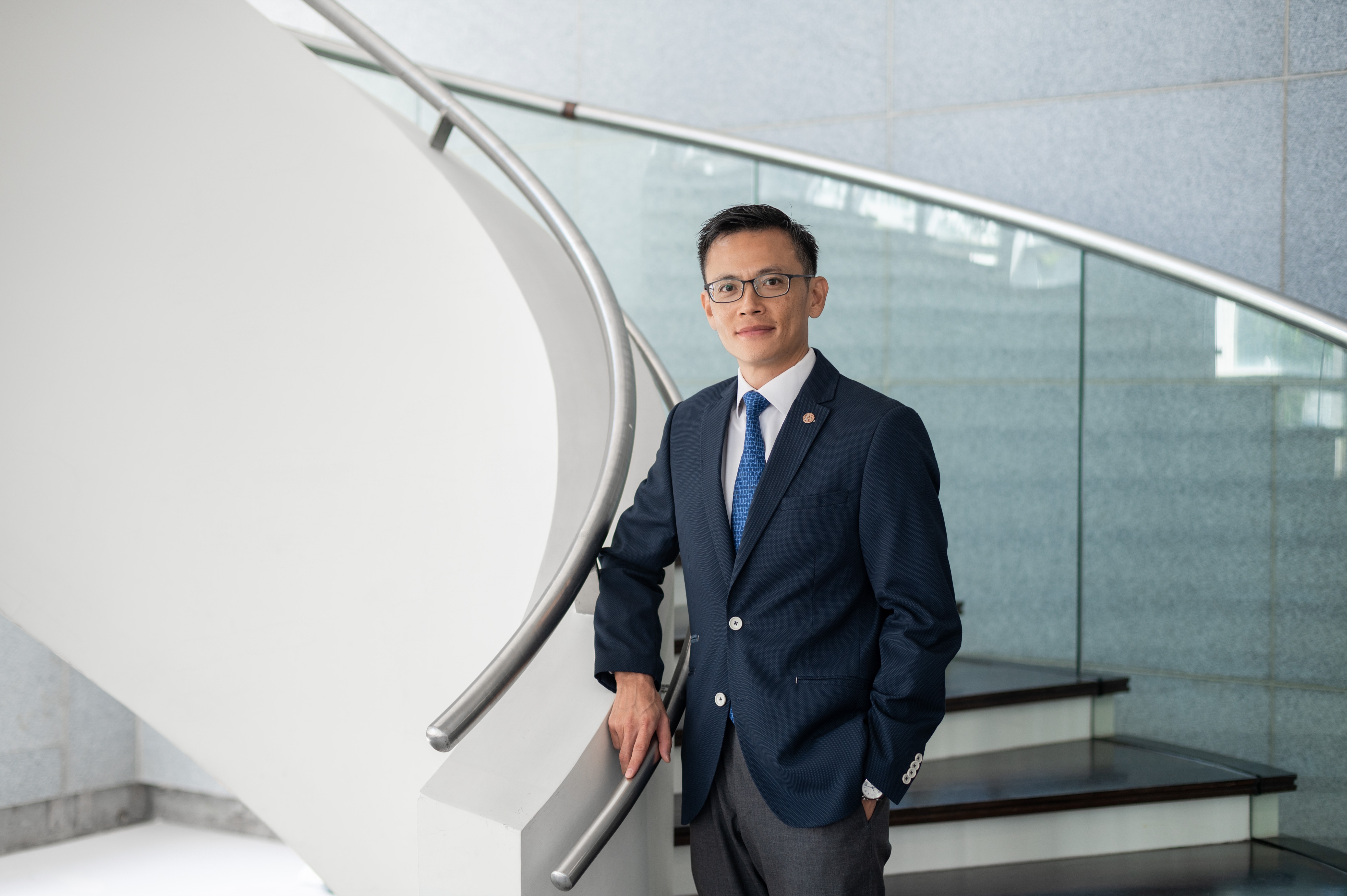
“In recent years, we have particularly advocated for establishing institutional partnerships to achieve impacts on a larger scale.”
“In addition to exchanges within the country, we also collaborate with foreign institutions. In April this year, we co-organized an exhibition of works by Lui Shou-kwan with the Art Institute of Chicago, bringing the art of a Chinese master to the United States. The collections of our Museum represent ancient Chinese art and culture, telling the story of Hong Kong and the story of Chinese culture, fulfilling our responsibility as local scholars.”
The contribution of CUHK Art Museum to society demonstrates how it aligns with the Sustainable Development Goals. Through professional artifact cataloging, management, and preservation, it provides “quality education” for the public; promoting innovative projects related to artifacts contributes to “industry, innovation and infrastructure”; exhibition design enhances the physical, mental, and spiritual well-being of visitors, promoting “good health and well-being”; academic exchanges and educational outreach establish “partnerships for the goals.”
Perseverance in the Face of Challenges
In the field of scientific research, even newcomers can create breakthrough with remarkable achievements. In contrast, in the field of cultural artifact research, scholars tend to accumulate more experience and achieve better research results as they grow older. However, Hong Kong is a commercial society, Josh faces challenges similar to those of scientists and innovators, in terms of meeting Key Performance Indicators (KPIs) and finding funding.
Josh believes in the power of unity and facing challenges together with like-minded individuals. “First and foremost, you need to find people who share the same goals. Our Museum is fortunate to have the support from foundations, philanthropists, and collectors. When they realize that you are helping them solve their unresolved issues, such as researching the origins of cultural artifacts, they become excited and enthusiastic about delving into the subject. The university environment is conducive to conducting research on Chinese art because there are many like-minded individuals in this field.”

Sponsors may question the expected number of visitors and the impact of the exhibitions. Josh aptly points out, “While KPI data is important, we must not forget that the work itself is worth doing. Building the cultural milieu of a city takes time.”
Josh emphasizes, “When we aspire to promote art and cultural education and truly achieve knowledge transfer, we must genuinely believe in our own principles from the beginning. It’s like nurturing a child to learn how to play the piano: immediate results may not be seen, but the training brings lifelong benefits. Each of us has our own role to play, and as everyone takes a step forward, the depth of culture in our society will accumulate comprehensively.”
The city is a greenhouse for the growth of culture. Culture is not “manufactured” but rather “cultivated,” thriving and being passed down from generation to generation. Each person contributes and brings about changes with their own power.

The extension project of the new wing of CUHK Art Museum, designed by renowned Rocco Design Architects, is expected to be completed in 2024. Josh looks forward to it, saying, “I am grateful for the contributions and support from former Directors, sponsors, and community partners, which have allowed the Museum to have a rich collection. This enables our team to conduct in-depth research and promote Chinese art and culture. I am very confident that the new wing of the Museum will become a new landmark on the CUHK campus, attracting more students, faculty members, university stakeholders, and the general public to come and appreciate art treasures and engage in exchanges. The Museum will continue to inspire creativity and keep up with the times.”
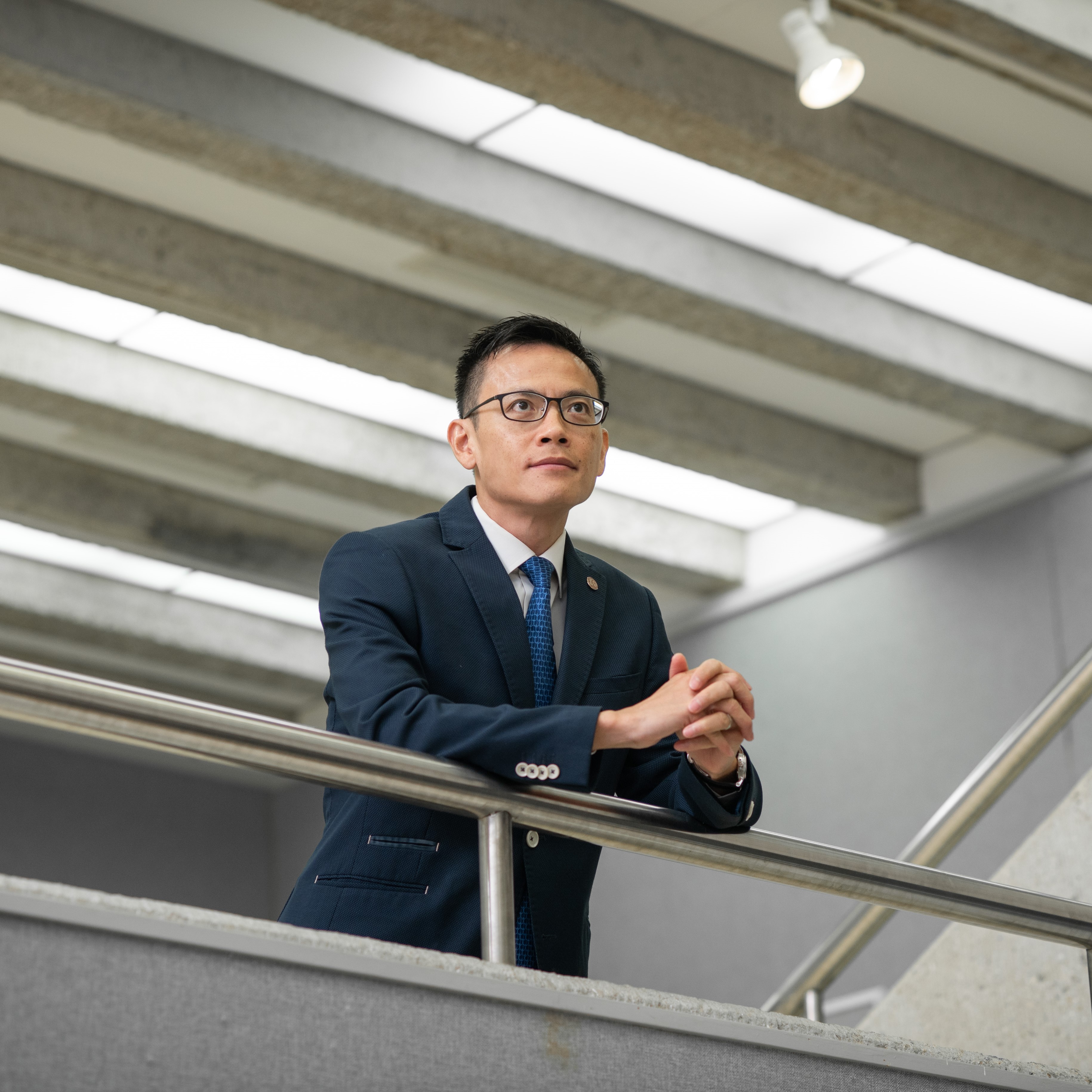
Scholar Wise Sayings
We experience a nostalgic feeling while traveling in Europe, influenced by its historical atmosphere and cultural heritage. Take Saint Petersburg as an example. Despite experiencing changes in political power and economic fluctuations over the centuries, the city continues to import, construct, innovate, and preserve, demonstrating that the culture of a city can be created and endure.
So, how can museums successfully and perfectly integrate the ancient and the contemporary?
Josh believes that the dialogue between ancient and contemporary art is very interesting and is willing to actively collaborate with contemporary artists. “Artists are free-spirited, and through reinterpreting antiquities or creating new works, they prompt the audience to re-examine the ancient artifacts.” The next time you visit a museum, why not take the time to appreciate the thoughtfulness of the curator team and experience the delightful aspects of culture and art? Feel free to contact us and share your thoughts with this open-minded Museum Director!
Text: Alice Fong@ORKTS
Translation: HUANG Xiangkun Calvin

